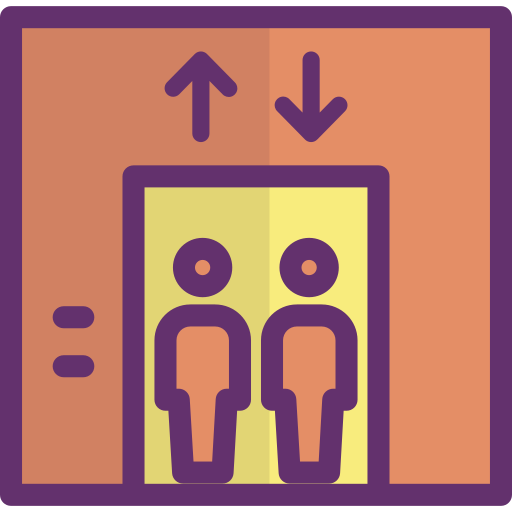{{ article.displayTitle }}
| | {{ 'ml-lesson-number-slides' | message : article.intro.bblockCount }} |
| | {{ 'ml-lesson-number-exercises' | message : article.intro.exerciseCount }} |
| | {{ 'ml-lesson-time-estimation' | message }} |
Catch-Up and Review
Here are a few recommended readings before getting started with this lesson.
What is Multiplication?

- What happens if b is negative?
- What happens if both a and b are negative?
Multiplying Integer Numbers
Multiplication is the same as repeated addition. However, when multiplying integers, the signs of the factors determine whether the product is positive or negative.
Multiplying Integers With the Same Sign

Multiplying Integers With Different Sings

The Piano Girl
LaShay is a brilliant pianist. One day, she is asked to play at her school concert. She is excited to showcase her talent in front of her peers. She now wants to calculate how long it would take her to play her piece.
She has a total of 8 songs to play and each song is an average of 3 minutes long. How long would it take her to play all the songs?Hint
Multiply the number of songs by the average length of a song to find the total time.
Solution

Auntie's Pizza Shop
In the afternoons, LaShay takes a break from her studies and piano lessons to help her aunt with her pizza shop.
LaShay's aunt pays her $10 for each day she helps her. However, every time LaShay is late, she loses $3.
Hint
Solution


Dividing Integer Numbers
The division of integer numbers is similar to the division of whole numbers. However, when dividing integers, the signs of the dividend and the divisor determine whether the quotient is positive or negative.
Dividing Integers With the Same Sign

Dividing Integers With Different Sings

Waiting for the Elevator
LaShay wants to buy a new dress for her upcoming performance with her earnings for helping her aunt at the pizza shop. She and her parents are at the shopping center. They must take the elevator to the sixth floor to get to LaShay's favorite clothing store.
They are at the end of a line of 35 people waiting for the elevator. The elevator can only carry seven people at a time. How many elevator trips will it take for LaShay and her parents to get into the elevator?Hint
Divide the number of people in line by the number of people that can ride in the elevator per trip.
Solution

The Music Competition
LaShay's concert went so well that she decided to play one of her favorite pieces for an upcoming competition.
She made 6 mistakes while playing for the competition and lost -96 points. If each mistake was worth the same number of points, how much was each mistake worth? Give the answer as a negative integer.Hint
Divide the number of points lost by the number of mistakes made.
Solution

Multiplying and Dividing Random Integers
Facts About Negative Numbers






